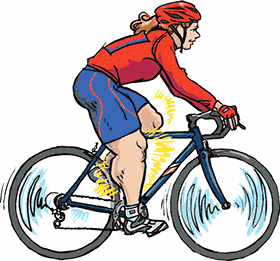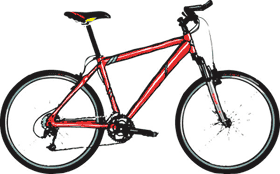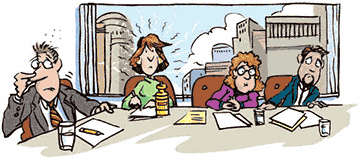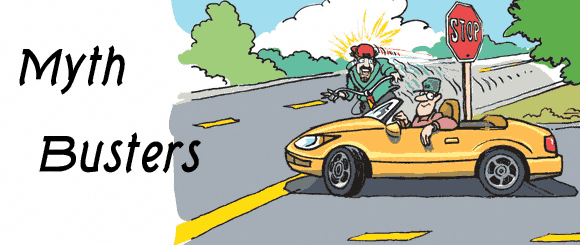
|
When you're getting into bicycling, everybody wants to help. Dear ol' Dad, co-workers, friends, all well-meaning, can't help but share the wisdom of their years of experience. Next, you start riding with others, who also offer advice. And, sooner or later, you run into those contrarians, who unfortunately insist on airing their views, too. Myth 2: Bikes cost too much Myth 10: Cycling causes impotency |

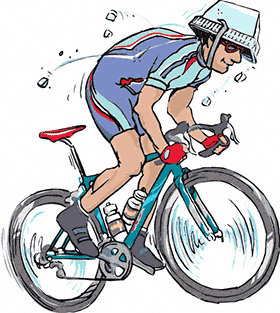 melon was exposed. However, testing by all the major makers has shown that overall, up and down hills, and everywhere in-between, on average, your head actually remains cooler in a helmet. Why? For the very simple reason that modern helmets are comprised primarily of polystyrene foam — the same material found in coolers (illustration). Thanks to this super-light and excellent-insulating material, and the significant advances in venting technology, modern lids keep your head cooler most of the time, which is one of the marvels of modern cycling and why even professional riders are now riding more safely protected by these great helmets.
melon was exposed. However, testing by all the major makers has shown that overall, up and down hills, and everywhere in-between, on average, your head actually remains cooler in a helmet. Why? For the very simple reason that modern helmets are comprised primarily of polystyrene foam — the same material found in coolers (illustration). Thanks to this super-light and excellent-insulating material, and the significant advances in venting technology, modern lids keep your head cooler most of the time, which is one of the marvels of modern cycling and why even professional riders are now riding more safely protected by these great helmets.